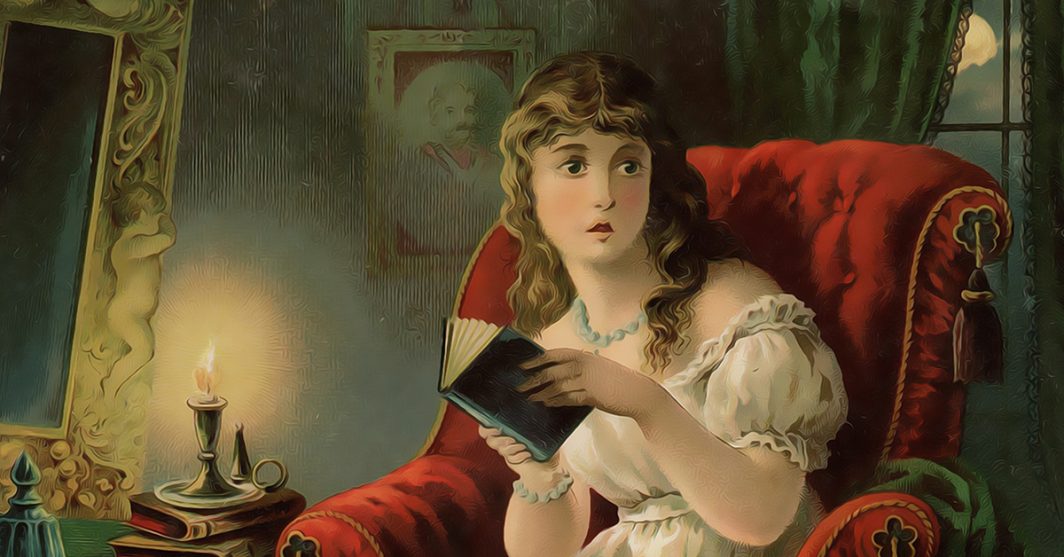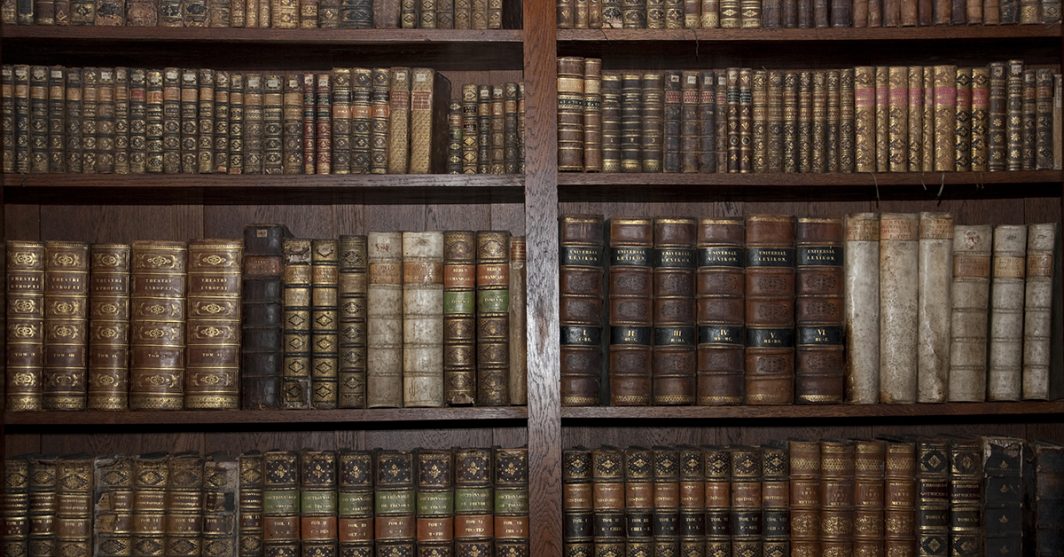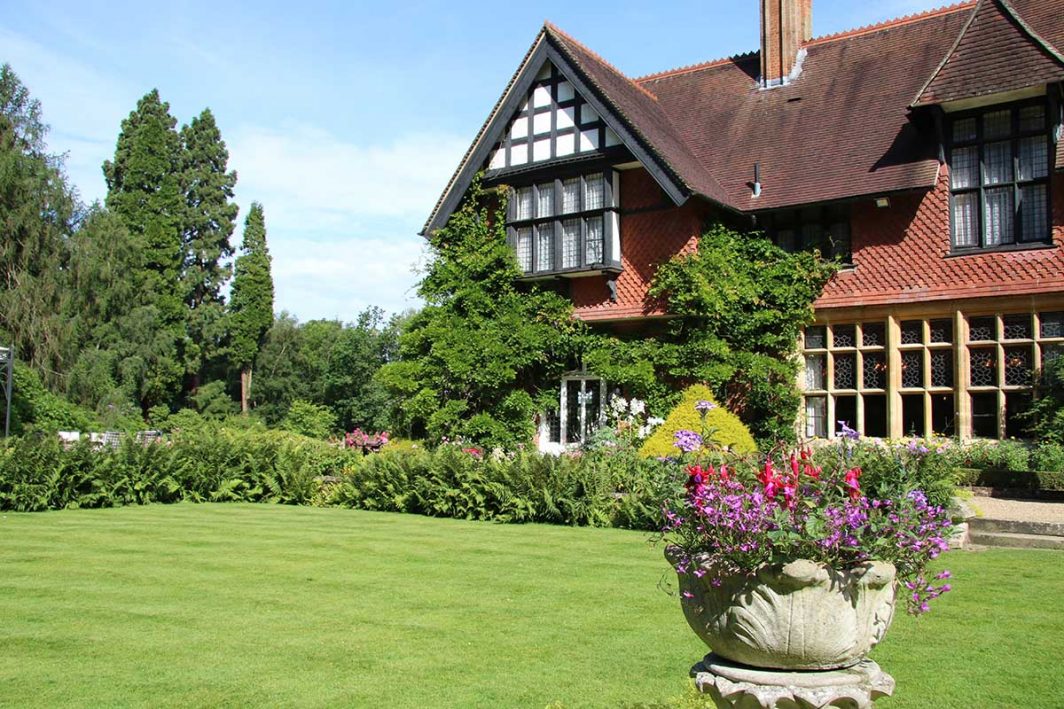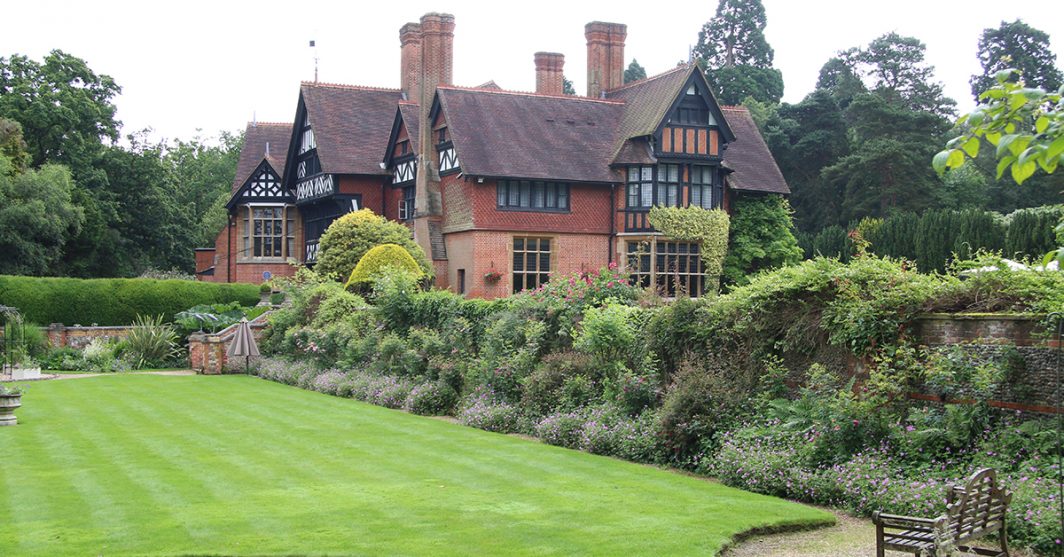The Gaiety Theatre was built in 1864, on the former site of the Lyceum Theatre. Originally established as the Strand Musick Hall, it took four years to become known as the Gaiety Theatre. John Hollingshead Under the management of John Hollingshead, the Gaiety Theatre was known for musical burlesque, pantomime and operetta performances. It was also synonymous with being a … Read More
W.S. Gilbert, writer of Victorian burlesque?
W.S. Gilbert’s first solo success came in 1866. It came about after his friend and mentor, Tom Robertson, was asked to write a pantomime but declined, due to the timescale – two weeks. He recommended Gilbert. The pantomime ‘Dulcamara, or the little duck and the great quack’ was the end result. The pantomime was a Victorian burlesque, based on Gaetano … Read More
W.S. Gilbert and ‘An Old Score’
Following the success of his recent opera burlesques, W.S. Gilbert wrote his first full-length prose – ‘An Old Score’. Described as a 3-act comedy-drama, it was based in part, on his previous 1967 short story, ‘Diamonds’ and on episodes in the lives of Irish engineer and railway contractor William Dargan, and banker John Sadlier. ‘An Old Score’ opened at the … Read More
The Victorian Apiary
One of the more unusual features of any well-to-do Victorian estate was an apiary, and Grim’s Dyke was no exception. W.S. and Lady Gilbert had (along with a vinery, farms and an orchard), an apiary at Grim’s Dyke – but what is an Apiary and why was it so popular? What is an Apiary? An apiary is a bee yard … Read More
The Bab Ballads
Sir William Schwenck Gilbert’s impressive creative output included over 75 plays and libretti, along with numerous stories and poems. These included poems of light verse, that later became known as the ‘Bab Ballads’. The Bab Ballads The Bab Ballads were originally written for the magazine, ‘Fun’. In 1861 ‘Fun’ was launched, under the editorship of H J Byron. Gilbert, looking to supplement his … Read More
How much was W.S. Gilbert financially worth?
W.S. Gilbert was obviously a man of some considerable wealth. He also illustrated his financial prowess, looking to invest his money into property – ensuring he could leave a lasting legacy for both Lady Gilbert and Nancy McIntosh after his death. It was during, what was considered to be the peak years of the Gilbert & Sullivan collaboration, that W.S. … Read More
W.S. Gilbert – Justice of the Peace
During his early career, William Schwenck Gilbert had a brief career as a barrister. Although his legal practice wasn’t very successful, with only five clients a year, his calling to the bar in 1863, stood him in good stead for his later role, as a Justice of the Peace for Middlesex. W.S. Gilbert as Justice of the Peace for Middlesex … Read More
Top 10 facts about Grim’s Dyke
Originally a country home, Grim’s Dyke has a wide and varied history, not only because of who owned the property over the years, but for who built it and what it subsequently became in later life. It’s one of the few country houses that survived war, recession and demolition – so it’s only fair that we honour that achievement, by … Read More
Victorian Women and Their Hobbies
Victorian women were expected to run the house, manage the servants, be the best possible hostess and raise the children. For the middle-class Victorian woman however, there was also plenty of time free for hobbies and entertainment. Like many Victorian middle-class ladies, Lady Gilbert loved gardening. She designed the 30 acres of ornamental gardens within the grounds of Grim’s Dyke … Read More
Nancy McIntosh: W.S. Gilbert’s unofficially adopted daughter
Sir William and Lady Lucy Gilbert never had children of their own however they took a shine to Sir William’s latest (and last) protégée, Nancy McIntosh. Nancy became their unofficially adopted daughter, living with them at Grim’s Dyke until Lady Gilbert’s death in 1936. Nancy McIntosh was born in Cleveland, Ohio in 1866. Her career as a concert singer began with … Read More











